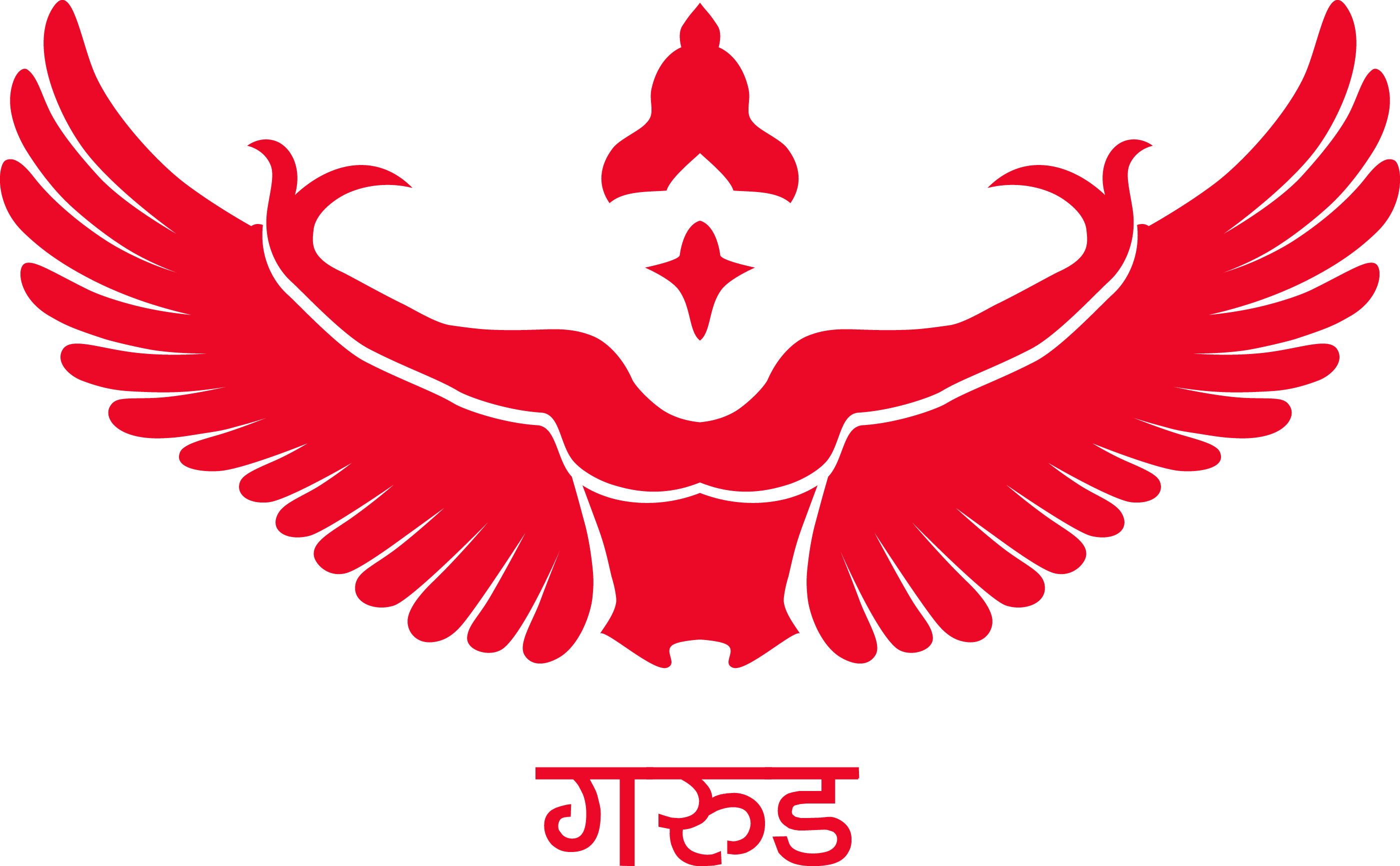.jpg)
Agama and Tripitaka: A Comparative Study of Lord Mahavira and Lord Buddha (Volume 2 : Language and Literature)
More Information
| ISBN 13 | 9788170227311 |
| Book Language | English |
| Binding | Hardcover |
| Publishing Year | 2005 |
| Total Pages | 604 |
| Author | Acharya Munishri Nagraj JI |
| Publishers | Concept Publishing Company Pvt. Ltd. |
| Category | Buddhism |
| Weight | 630.00 g |
Frequently Bought Together
.jpg)
This Item: Agama and Tripitaka: A Comparative Study of Lord M...
₹1,200.00
Sold by: Concept Publishing Company Pvt. Ltd.
ADD TO CART
.jpg)


This Item: Agama and Tripitaka: A Comparative Study of Lord Mahavira and Lord Buddha (Volume 2 : Language and Literature)
Sold By: Concept Publishing...
₹1,200.00
Sold By: DK Printworld
₹3,200.00
Buddhist Textiles of Laos, Lan Na and the Isan: The Iconograhy of Design Elements
Sold By: DK Printworld
₹2,400.00
Total Price : ₹1,200.00
Product Details
About the Book : This English version of Acharya Nagrajji's book 'Agama aur Tripitaka: Ek Anusilana' presents an exhaustive study of the Agama, also known as Ganipitaka of the Jains and the Tripitaka of the Buddhists, putting together some common topics. The author has tried his best to safeguard the diction of this work from the niceties of a pure literary work on the one hand and of dull philosophy on the other. For this work Acharya Nagrajji was awarded D.Litt. by Kanpur University and Murti devi Award by Bhartiya Jnan Pith, New Delhi. Studying the history and traditions of both the Jains and Buddhists, Volume One surveys all the accessible materials and provides authentic information about the life and times of Mahavir and Buddha, with special reference to their Nirvana. Volume Two deals with language and literature. Besides references of Yask, Panini, Katyayan and Patanjali, Acharya Shri has produced illustrations and conclusions from Greek, Latin and Hebrew languages. He has referred to Vedic, Bodh and Jain ideologies with critical evaluation. In addition to exposing the short-sighted attitude of religious doctrinaires towards languages, he deals with geographical, historical and cultural backgrounds of ancient languages. Also, Acharya Shri makes a comparative and meaningful discussion on Digamber and Shwetamber beliefs with regard to divine language Ardh Magadhi, Prakrita and Agama scriptures, as also he provides critical analysis of phonology, morphology, semantics and syntax. Volume Three covers philosophy and ethics. It highlights the best traits of human beings, such as righteousness, truth, non-stealing, good conduct, simplicity, purity, kindness, penance, renunciation, softness, humility, selflessness, contentment, non-possession, fraternity, universal brotherhood, equanimity, equality of living beings and control over sensuousness. It also provides deep insights into the legendary of Agama and Tripitaka traditions. Generally, all the religious expositions seek expressions through emulative examples like folktales and imaginary stories. About Author : The greatest distinction of MuniShri Nagrajji's book is that communal and religious bias nowhere finds a place in it. The author is an accomplished Jaina Muni and his comprehensive outlook has made this volume extremely significant. Another outstanding characteristic of the volume is the synthesis of an impartial outlook and depth of research. Not only will the book find a place of honour among the Jaina and Budhist communities, but every scholar, who is keen to study the two streams of SRAMANA culture, will express the highest admiration for it. Maung Nu, (U. NU) Ex-Prime Minister, Burma It is well-known that there is plenty of disparate evidence and conflicting traditional information as well as a plethora of controversy amongst scholars about the dates of the Nirvana of Buddha and Mahavira. Muni Shri Nagrajji has surveyed, in this respect, all the accessible material and different traditions, specifying duly the sources etc. and his conclusion that Mahavira attained Nirvana in 527 B.C. and Buddha in 502 B.C. seems to be quite consistent in itself.In fine, this work has become a veritable repository of useful information on Mahavira and Buddha, their times and doctrines. Dr. A.N. Upadhye, M.A. D. Litt. Dean of the Faculty of Arts, Kolhapur University The versatile Acharya Dr. Nagrajji has cited a number of contextual quotations and sayings from the Agamas and Pitakas and their relevant literature. And we notice that both have such an astoundingly remarkable similitude, harmonical balance and phonetic-sameness that we oft wonder that, in both the places, whether the holy words emerged out from the mouth of one and the same personage! Dr. T.G. Kalghatgi, M.A. Ph.D. Prof. & Head, Dept. of Jainology, University of Madras Anuvrat Paramarshaka Muni Nagarajaji has shown me the pageproofs of the first volume of his work entitled " Agama Aura Tripitaka: Eka Anusilana. " The subject is one of great interest and importance. From what I have seen and what the Muni has told me about his plan for the entire work, his method of handling the material his attitude towards his subject and his approach to his task, I expect the completed study to contain the vast amount of new and independent scholarship. As far as my own information goes, this is the first attempt by an adherent to either of the great faiths being treated to compare them in a thorough way. What is even more promising in my view is that the Muni speaks of both Jainism and Buddhism in a manner that promises objectivity in his study as well as exactitude and balanced judgement. Dr. W. Norman Brow Professor Emeritus of Sanskrit,, University of Pennsylvania, U.S.A.














